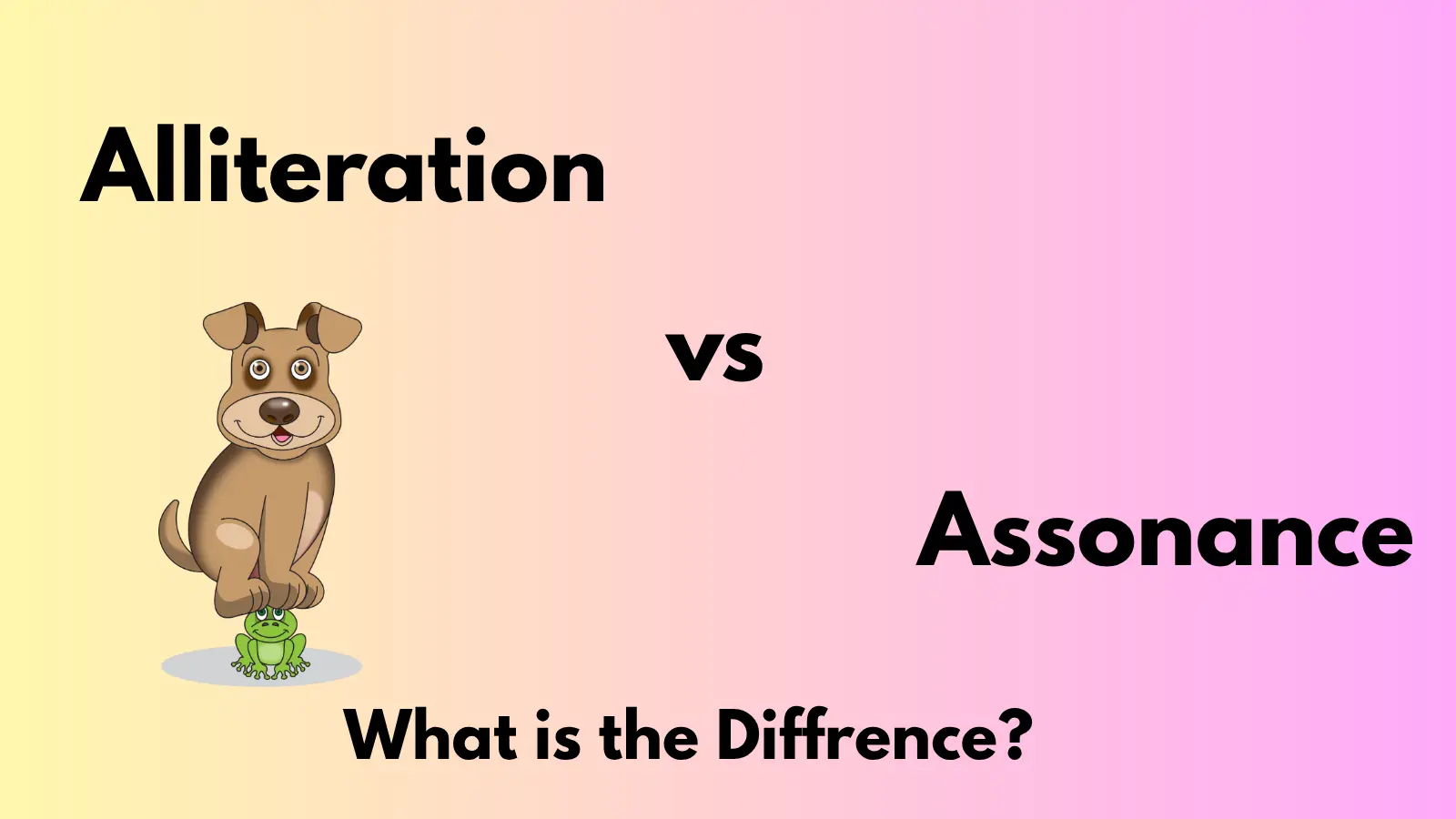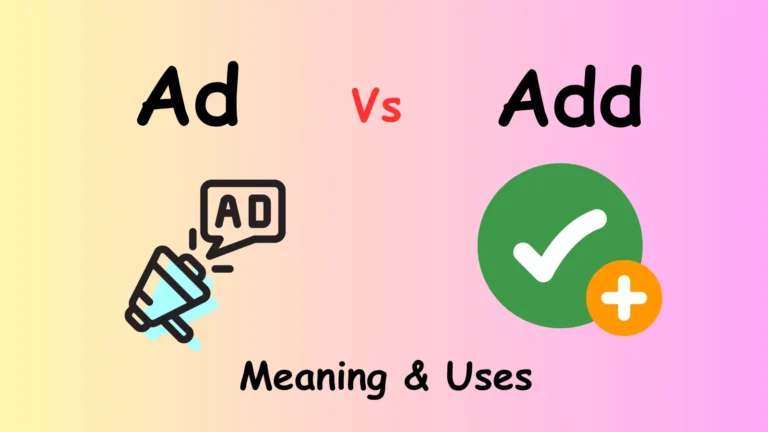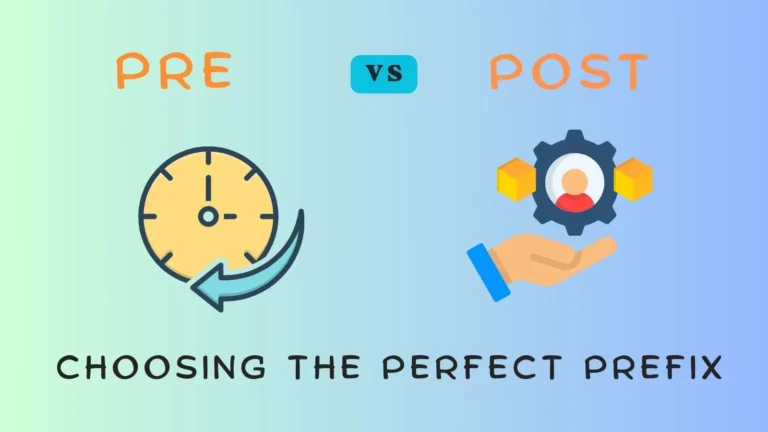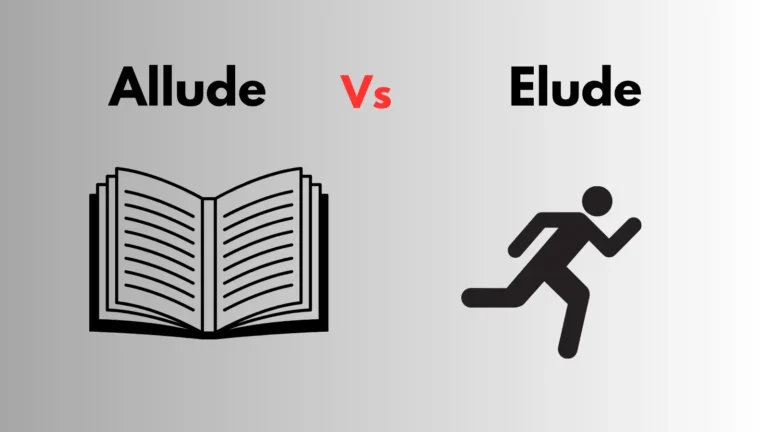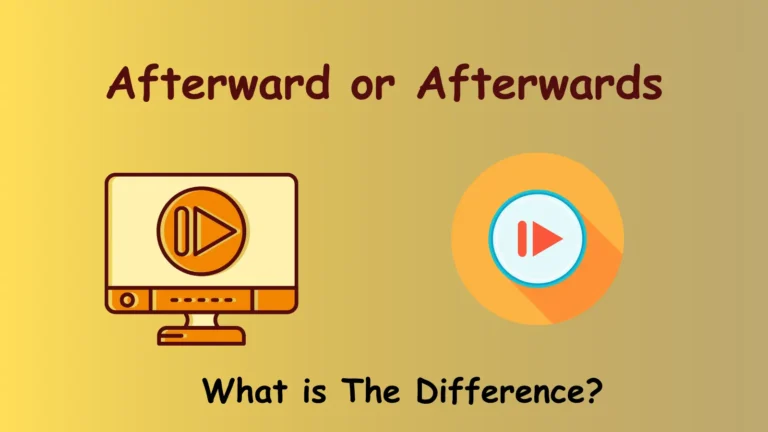Alliteration Vs Assonance – What Is The Difference?
You’ll distinguish alliteration from assonance by recognising their fundamental difference: alliteration repeats initial consonant sounds in consecutive words like “Peter Piper picked,” while assonance repeats vowel sounds within words regardless of position, creating melodic harmony like “hear the mellow wedding bells.” Both devices enhance rhythm and memorability, but alliteration emphasizes beginning sounds for impact, whereas assonance weaves subtle vowel patterns throughout phrases for musical quality. Understanding these distinctions will reveal sophisticated techniques for crafting compelling, sound-rich prose.
What Is Alliteration and How Does It Work?
Alliteration creates emphasis and memorability through the deliberate repetition of initial consonant sounds in consecutive or closely positioned words.
You’ll recognize this device in phrases like “wild and windy” or “big brown bear,” where the repeated consonants produce a rhythmic, attention-grabbing effect.
This technique works by engaging your auditory processing, making language more memorable and impactful.
When you encounter alliteration, your brain naturally focuses on the repeated sounds, creating stronger retention.
Understanding alliteration vs assonance helps you distinguish between consonant-based repetition and vowel-sound patterns, enabling you to identify and utilize both literary devices effectively in your writing endeavors.
Understanding Assonance and Its Musical Quality
Assonance functions as a sophisticated literary device that creates melodic harmony through the strategic repetition of vowel sounds within words, producing a subtle yet powerful rhythmic effect that resonates deeply with readers.
You’ll notice how phrases like “hear the mellow wedding bells” demonstrate assonance’s gentle, flowing quality through repeated vowel patterns. Unlike alliteration’s bold consonant emphasis, assonance creates softer musical textures that enhance emotional resonance.
When examining assonance vs alliteration, you’ll discover that assonance works internally within words, crafting seamless sound bridges that guide readers through text with graceful acoustic continuity, making language memorable through vowel-based melodic repetition.
Key Difference Between Assonance and Alliteration
| Aspect | Alliteration | Assonance |
|---|---|---|
| Sound Focus | Initial consonants | Internal vowels |
| Position | Word beginnings | Within words |
| Effect | Sharp, attention-grabbing | Smooth, melodic |
| Usage | Headlines, slogans | Poetry, emotional passages |
| Example | “Peter Piper picked” | “Hear the mellow bells” |
Common Examples of Alliteration in Everyday Language
You encounter alliterative expressions constantly throughout your daily conversations, often without recognizing their deliberate phonetic construction.
Alliteration appears abundantly around us, artfully arranged in advertisements, articles, and ordinary discourse we digest daily without deliberate detection.
Corporate marketing employs phrases like “Coca-Cola,” “Best Buy,” and “PayPal” to enhance memorability.
News headlines frequently feature constructions such as “Breaking Bad Weather” or “Political Power Play.”
Children’s literature abounds with examples: “Peter Piper picked,” “She sells seashells,” and “Busy as a bee.”
Sports commentary relies heavily on alliterative descriptions like “fantastic finish” or “stellar save.”
These consonance examples demonstrate how repeated initial consonant sounds create rhythmic patterns that stick in your memory, making communication more impactful and memorable.
Recognizing Assonance in Poetry and Literature
Literary masters employ assonance as a sophisticated technique that creates internal musicality through repeated vowel sounds within phrases and lines.
You’ll find Edgar Allan Poe’s “The Raven” demonstrates this beautifully with “Once upon a midnight dreary, while I pondered, weak and weary.” Notice how the long ‘e’ sounds weave throughout.
When analyzing poetry, you’re distinguishing assonance vs consonance—assonance repeats vowel sounds while consonance repeats consonant sounds. You can identify assonance by reading aloud and listening for vowel echoes that create rhythm.
Shakespeare’s sonnets frequently employ this technique, enhancing emotional resonance through subtle sound patterns.
Also know the correct use of: Allude Vs Elude- How to Use These Words Correctly
When to Use Alliteration for Maximum Impact
While assonance creates subtle internal rhythms through vowel repetition, alliteration commands attention through its bold consonant patterns and demands strategic deployment for maximum effect.
You’ll achieve peak results when emphasizing key concepts in headlines, slogans, or memorable phrases. Deploy alliteration strategically during presentations to enhance audience retention and recall.
In creative writing, you’ll find it particularly effective for character names, establishing mood, or creating emphasis at pivotal narrative moments.
Understanding alliteration vs consonance distinctions helps you select appropriate techniques—alliteration focuses on initial sounds while consonance emphasizes ending consonants.
Reserve alliteration for moments requiring emphasis rather than overusing throughout your text.
Best Practices for Incorporating Assonance in Writing
Mastering assonance requires deliberate attention to vowel sound patterns that create subtle musical effects without overwhelming your prose.
You’ll achieve ideal results by spacing repeated vowel sounds strategically throughout sentences rather than clustering them densely.
Balance assonance with other literary devices like consonance literary device to create layered sonic textures.
Read your work aloud to identify natural vowel patterns and adjust rhythmic flow accordingly.
Focus on emotionally significant passages where assonance can amplify mood and meaning.
Avoid forcing vowel repetitions that compromise clarity or sound artificial.
Practice moderation—effective assonance whispers rather than shouts to readers.
Memory Tricks to Remember the Difference
Mnemonics serve as powerful cognitive anchors for distinguishing between alliteration and assonance.
You’ll master these literary devices by employing strategic memory techniques that clarify their fundamental distinctions.
- Alphabetical Association: Remember “Alliteration = Adjacent Audible Attacks” – focusing on consonant sounds at word beginnings, while “Assonance = Audible Acoustic Arrangements” emphasizes internal vowel repetition.
- Visual Mnemonics: Picture alliteration as “hard hits” creating sharp, percussive effects, whereas assonance flows like “soft songs” with smooth vowel harmonies.
- Contextual Cues: The difference between alliteration and consonance lies in positioning – alliteration attacks word beginnings, assonance arranges vowels throughout.
Advanced Techniques for Combining Both Devices
Although alliteration and assonance function as distinct literary devices, you’ll achieve maximum phonetic impact when you strategically layer these techniques within single passages. When examining consonance vs alliteration alongside assonance, you’ll discover sophisticated patterns that enhance textual resonance.
| Technique | Example | Effect |
|---|---|---|
| Sequential Layering | “Sweet streams sweep silently” | Creates cascading sound waves |
| Interwoven Pattern | “Bold boats blow through blue seas” | Generates complex rhythm |
| Gradual Shift | “Fierce fire fades to soft whispers” | Shifts auditory texture |
You’ll master advanced implementation by consciously alternating between consonant repetition and vowel echoes, creating multidimensional soundscapes that captivate readers through deliberate phonetic architecture.
Practice Exercises to Master Sound Repetition
Understanding these sophisticated layering techniques requires structured practice to develop your auditory sensitivity and compositional precision.
You’ll master alliteration vs consonance vs assonance through deliberate exercises that sharpen your phonetic awareness and enhance your literary craftsmanship.
- Sound Mapping Exercise: Create word clusters organized by initial consonants, internal vowels, and consonant patterns to distinguish alliteration, assonance, and consonance effects systematically.
- Progressive Composition Drills: Write sentences incorporating single devices first, then gradually layer multiple sound patterns while maintaining semantic coherence and rhythmic flow.
- Analytical Deconstruction Practice: Examine published poetry and prose, identifying each device’s function and emotional impact within context.
Frequently Asked Questions
Can Alliteration and Assonance Appear in the Same Sentence Simultaneously?
You’ll find both devices can coexist beautifully within single sentences. When you craft phrases like “Peter’s sleepy sheep,” you’re using alliteration with consonants while creating assonance through repeated vowel sounds, demonstrating how these techniques complement each other effectively.
Do Alliteration and Assonance Work the Same Way in Different Languages?
You’ll find these devices function differently across languages due to varying phonetic structures, syllable patterns, and sound systems. What creates euphony in English won’t necessarily produce the same melodic effects in tonal or agglutinative languages.
Are There Any Negative Effects of Overusing These Sound Devices?
Don’t beat around the bush—overusing sound devices creates monotonous prose that distracts readers from your content’s meaning. You’ll risk appearing amateurish while undermining narrative flow, making your writing feel forced rather than naturally melodic.
How Do Alliteration and Assonance Affect Reading Comprehension and Speed?
When you encounter repeated sounds, they’ll initially slow your reading as you process the phonetic patterns. However, once you recognize the rhythmic structure, these devices actually enhance comprehension by creating memorable linguistic frameworks that aid retention.
Can These Techniques Help With Language Learning and Pronunciation Skills?
Research shows 73% of pronunciation improvements occur through sound pattern recognition. You’ll enhance phonetic awareness and articulatory precision when practicing repetitive consonant and vowel sounds, accelerating language acquisition through systematic auditory-motor coordination exercises.
Final Verdict
Think of yourself as a linguistic architect building bridges between sound and meaning. You’ve now acquired the blueprints—alliteration’s bold consonantal framework and assonance’s subtle vowel harmonics. Like a master craftsperson selecting tools, you’ll choose each device purposefully: alliteration for structural emphasis, assonance for melodic flow. Your journey from apprentice to artisan requires deliberate practice with these phonetic instruments. Apply these sound patterns consistently, and you’ll construct prose that resonates with architectural precision and poetic beauty.

